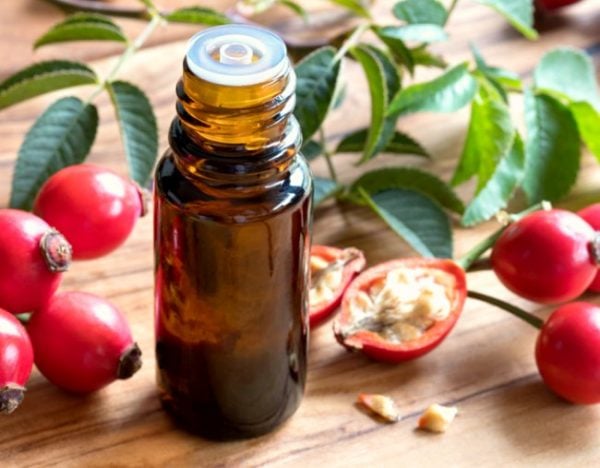Our love for beauty oils has reached peak obsession, and frankly it took enough time (and a lot explaining that using oil on your face is not, in fact, the skincare devil) for us to get there.
But, amongst the jojoba, almond and coconut oils there has been one old and faithful oil quietly working its magic on skin long before it was cool to be part of the oil gang: rosehip seed.
There’s a good reason people have been into this guy for so long – it’s kind of a skincare overachiever.
Brightening, great for evening out skin tone, full of antioxidants, super moisturising – and it also contains fatty acids and vitamins which makes it ideal for anti-ageing.
There’s even some evidence to suggest it can help fade minor scars because of its combo of vitamin A and C.
See what we mean? Total overachiever.
But there are a few things about rosehip oil that might surprise you, too – and knowing these will not only help you smash trivia nights, it’ll also help you sort through the thousands of oils out there to find the one that’s right for you.
To get the lowdown we spoke to Athena Hewett, creator of oil-based natural beauty brand Monastery. And, as someone who formulates and blends her own products by hand, she’s one person who knows a hell of a lot about oils.
Here’s what she said:
Speaking of skincare, there’s a brand new NSFW skincare trend we need to talk about. Introducing the foreskin facial, the Mamamia Out Loud team discuss.
It’s a ‘dry’ oil.
Sounds like an oxymoron, right? Well, what “dry” actually relates to here is how quickly it’s absorbed on the skin. “A dry oil isn’t oily or slick in sensation, instead it has more of a tacky feeling and absorbs super quickly” says Athena.
